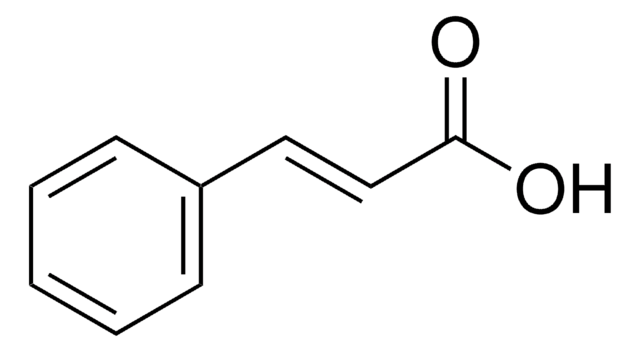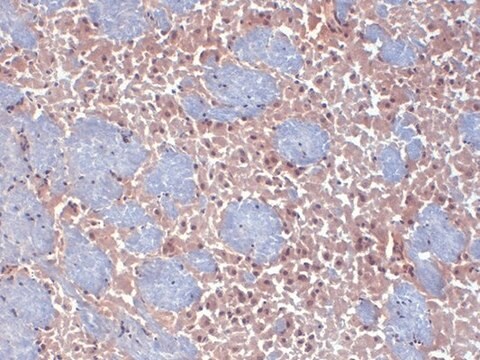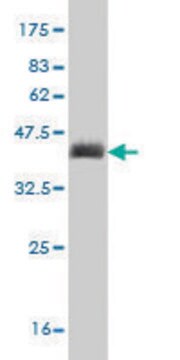LM1906
Avanti
17:0-20:4 PI(3,4,5)P3
Avanti Research™ - A Croda Brand LM1906, powder
Sinónimos:
1-heptadecanoyl-2-(5Z,8Z,11Z,14Z-eicosatetraenoyl)-sn-glycero-3-phospho-(1′-myo-inositol-3′,4′,5′-trisphosphate) (ammonium salt)
About This Item
Productos recomendados
form
powder
manufacturer/tradename
Avanti Research™ - A Croda Brand LM1906
packaging
1 ea of 1 × (with stopper and crimp cap (LM1906-1EA))
application(s)
lipidomics
metabolomics
shipped in
dry ice
storage temp.
−20°C
SMILES string
[H][C@@](COP([O-])(O[C@H]1[C@H](O)[C@@H](OP([O-])(O)=O)[C@H](OP([O-])(O)=O)[C@@H](OP(O)([O-])=O)[C@H]1O)=O)(OC(CCC/C=C\C/C=C\C/C=C\C/C=C\CCCCC)=O)COC(CCCCCCCCCCCCCCCC)=O.[NH4+].[NH4+].[NH4+].[NH4+]
InChI
1S/C46H84O22P4.4H3N/c1-3-5-7-9-11-13-15-17-19-20-21-23-25-27-29-31-33-35-40(48)64-38(36-62-39(47)34-32-30-28-26-24-22-18-16-14-12-10-8-6-4-2)37-63-72(60,61)68-43-41(49)44(65-69(51,52)53)46(67-71(57,58)59)45(42(43)50)66-70(54,55)56;;;;/h11,13,17,19,21,23,2
InChI key
FSWQCDGXUXSIRI-VHLOILQVSA-N
Categorías relacionadas
General description
Application
- as a lipid standard in ultra-performance liquid chromatography-tandem mass spectrometry (UPLC/MS)
- as an internal standard in lipid extraction from Drosophila larval tissues
- as an internal standard in liquid chromatography tandem mass spectroscopic (LC-MS/MS) analysis of methylated phosphatidylinositol phosphates (PIPs)
Biochem/physiol Actions
Packaging
Legal Information
Storage Class
11 - Combustible Solids
Elija entre una de las versiones más recientes:
Certificados de análisis (COA)
It looks like we've run into a problem, but you can still download Certificates of Analysis from our Documentos section.
Si necesita más asistencia, póngase en contacto con Atención al cliente
¿Ya tiene este producto?
Encuentre la documentación para los productos que ha comprado recientemente en la Biblioteca de documentos.
Nuestro equipo de científicos tiene experiencia en todas las áreas de investigación: Ciencias de la vida, Ciencia de los materiales, Síntesis química, Cromatografía, Analítica y muchas otras.
Póngase en contacto con el Servicio técnico







